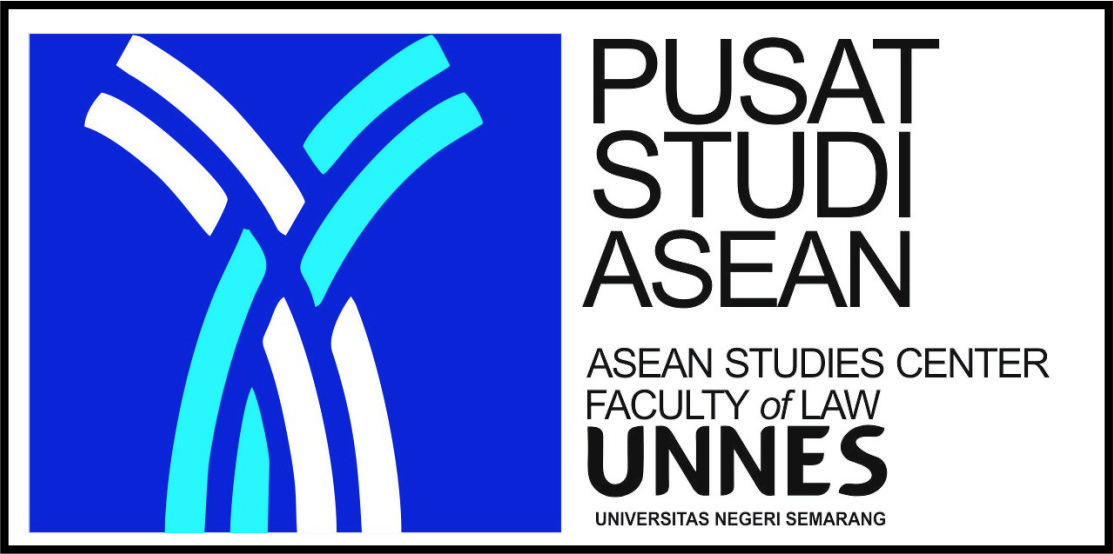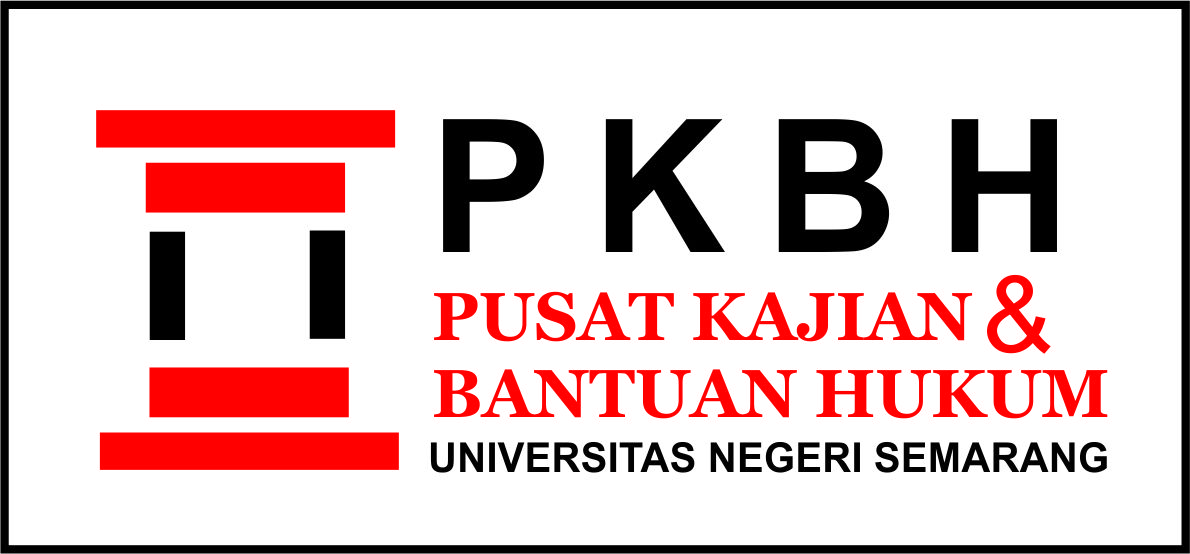COMMUNITY OF CHILDREN INMATES AND ASSISTANCE SYSTEM IN THE PENITENTIARY: The Impact of Child Social System to the Assistance Process at Kutoarjo Children Penitentiary
Abstract
The community of inmates children as a unique and unique social system is difficult to understand when viewed only from the outside, so it is necessary to systematically attempt to know the values, norms, relationships, and objectives-through where and with what they are living, and understand both their own experiences and the world in which they live
The situational system of the inmates children as human beings (although in this case is the child) to be fostered, is one of the important elements in the whole process of assistance in the Penitentiary is no exception to the Children Penitentiary in Kutoarjo. The entire penitentiary system design, from the assistance program, the assistance mechanism, and the assistance implementation, is actually determined by the circumstances and the reality of the people who are to be fostered, the inmates.
The reality of the children inmates who are always on the "social order" in their various communities is essentially constantly changing. Specifically, this study finds links between: the institutional reality of a children penitentiary, which includes the factual circumstances concerning facilities and infrastructure, and the administrative aspects of KutoarjoChildren Penitentiary. The reality of the member of KutoarjoChildren Penitentiaryin the form of identified number of occupants, placement systems, and formal and informal groupings of the targeted children in addition to the build and formed a community of the assisted children in KutoarjoChildren Penitentiary and the basic elements of the Social System of the Auxiliaries in all the community of assisted children and etc.
As Soerjono Sukanto said that even though human "convicts" live in a confined state, they instinctively want to interact with fellow inmates. This instinct is referred to as "gregariousness" (Soekanto: 1998: 73), which in the last instance will give birth to so-called "social groups". In this context created social structure, social system, norms and so on.
Full Text:
PDFReferences
Dellyana, Shanty. 1988. Wanita Dan Anak Di Mata Hukum . Yogyakarta: Liberty
Gultom,Maidin. 2012. Perlindungan Hukum Terhadap Anak Dan Perempuan. Bandung: PT Refika Aditama
Nashriana. 2011. Perlindungan Hukum Pidana Bagi Anak DI Indonesia. Jakarta: Rajawali Pers Setiadi, Elly M. Dkk 2009
.Arikunto, S. 1987. Prosedur Penelitian- Suatu Pendekatan Praktik. Jakarta, Bina Aksara.
Conrad, John P.1967, Crime and its Corrections. University of California Press, Berkely and Los Angelos.
Cross, Rupert and P. Asterly Jones. 1971, An Introduction to Criminal Law. 4 th ed.Butterworths, London.
Darmaputera, Eka. 1998. Pancasila Identitas dan Modernitas: Tinjauan Etis dan Budaya. Jakarta, BPK gunung Mulia.
Departemen Kehakiman, Dirjen Pemasyarakatan. 1983. Sejarah Pemasyarakatan (Dari Kepenjaraan Ke Pemasyarakatan), Jakarta.
Gunzburg, Nico. 1956. Fight Crime, Help the Deliquents, and love Humanity. Djakarta: Bhayangkara.
Hartojo, S. 1972. Pembinaan Narapidana dan Pelaksanaanya serta Kesulitan-kesulitannya Yang Dihadapi. Bina Tuna Warga, No.10 Oktober 1972.
Jones, Howard. 1962. Crime and the Penal System. second ed. University Tutorial Press Ltd, London.
Koenoen, RA. 1961. Politik Penjara Indonesia. Sumur Bandung.
————. 1969. Perkembangan Pembinaan Narapidana Di Luar Negeri. Semarang : Lembaga Kriminologi UNDIP.
Molly Cheang. The of Corrections in Sentencing. Faculty of Law University of Singapore.
Muladi. 1984. Lembaga Pidana Bersyarat Sebagai Faktor yang memperngaruhi Proses Hukum Pidana yang Berperikemanusiaan. Disertasi, Universitas Padjadjaran, Bandung.
Poernomo, Bambang. 1986. Pelaksanaan Pidana Penjara Dengan Sistem Pemasyarakatan. Jogjakarta : Liberty,
Poloma, M Margaret. 2000. Contemporary Sociology Theory (Sosiologi Kontemporer). Terjemahan, Jakarta : Raja Grafindo Persada.
Ross, Alf. 1975. On Giilty, Responsibility and Punishment. London: Stevens & Sons Ltd.
Sahardjo. 1963. Pohon Beringin Pengayom Hukum Pancasila/Manipol/Usdek. Pidato Pengukuhan Doktor H.C, Djakarta.
Soedjono,D. 1972. Dasar-Dasar Penologi. Bandung.: Alumni.
_________1974. Kriminologi. Bandung.: Tarsito
Soekanto, Soerjono. 1986. Pokok-Pokok Sosiologi Hukum. Jakarta : Rajawali Pers.
Soekarno Brotokoesomo. 1970. Daerah Pemasyarakatan Nusakambangan, Bina Tuna warga, Djakarta.
Soemadipradja, S dan Romli Atmasasmita. 1979. Sistem Pemasyarakatan di Indonesia. Jakarta.: BPHN-Binacipta.
Skyes and .Messinger I Sheldom. 1960. Theoretical Studies in the Social Organization of the Prison, New York, Social Science research Council.
Skyes, M. 1971. The Society of Captives: A Study of Maximum Security Division, Princeston University Press.
Strauss, A, and J. Carbin. 1990. Basic Qualitative Research: Grounded Theory Procedure and Techniques. London : Sage.
Wheeler Stanton. 1969. Handbook of Socialization Theory and Research. Chicago: Rand McNally College Publishing.
Winardi. 1980. Pengantar Tentang Teori Sistem Dan Analisa Sistem. Jakarta:.Karya Nusantara,
Wood, A.E. and J.B. Wait. 1941. Crime and its Treatment, American Book Company. San Francisco USA.
Refbacks
- There are currently no refbacks.










